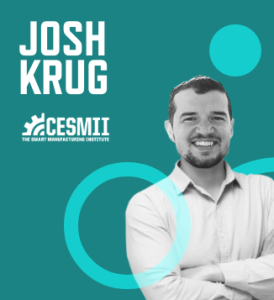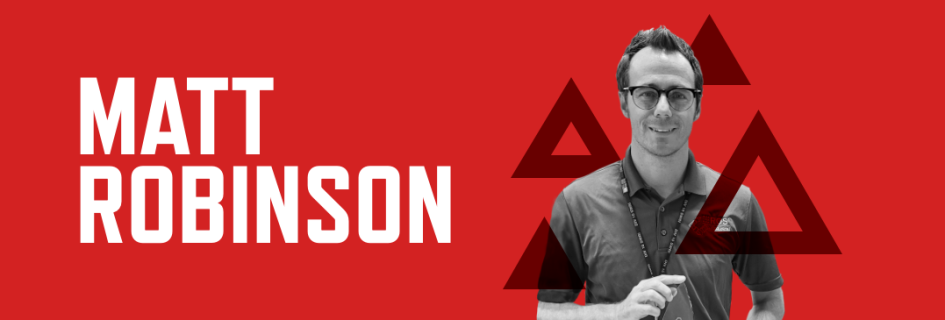
Robotics champion, master collaborator, trailblazer
Matt’s job is to herd robots. Well, not exactly, but he is trying to align companies that build robotics to use the same free, open-sourced operating system so manufacturers can easily use robotics equipment from different vendors.
He leads a critical effort in the world of automation and robotics, which is to grow the use of a non-proprietary, or common, software environment called the Robot Operating System (ROS) within the industrial and manufacturing sectors. Getting everyone to use the same operating system, which companies can modify for their own use, will make it easier to train and develop robotics expertise because staff will only have to learn one software program to operate robots.
Matt is the program manager for ROS-Industrial Consortium Americas, which involves supporting libraries of robotics software, educational resources, and networking events. He is based at the Southwest Research Institute in San Antonio, TX, which utilizes resources in its vast ecosystem to develop advanced robotic systems, many of which are the first of their kind in manufacturing facilities. He operates in different parts of the robotics community, all with shared goals, helping to build bridges between research and manufacturing.
Matt has been a member of the Advanced Robotics for Manufacturing (ARM) Institute, since its founding in 2017. The ARM Institute focuses on strengthening U.S. manufacturing through innovations in robotics, fostering collaboration between those who can create and maintain robotics with those who can leverage them for maximum economic impact. Matt is a frequent contributor to the ARM Institute’s strategy and outreach efforts.
Q&A with Matt
How did you find your way to working in advanced manufacturing?
Dating to my time working on automated welding projects at Caterpillar, there were many struggles in deploying automation in ways that were sustainable and cost-effective in high-mix, high-variability industrial settings. I enjoyed adding new functions to robotic systems and finding ways to enable others to adopt robotics in their operations. Finding all the value propositions for rethinking production utilizing automation became a real passion, and it has been an exciting journey to continue that for many types of industries in my current role.
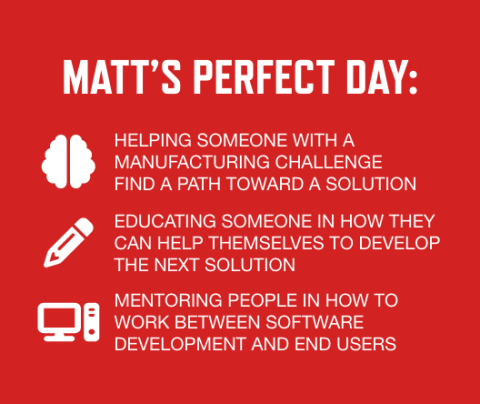
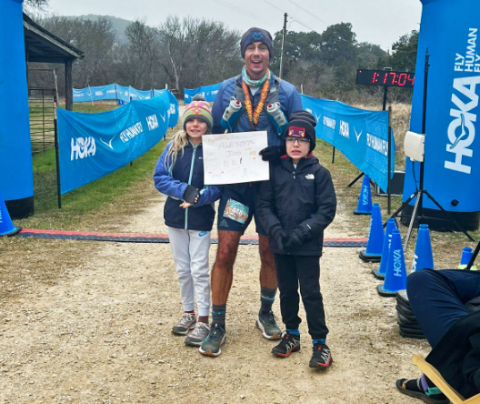
What is the most challenging part of your job?
Managing expectations. There is always a sense that many things are solved, but the devil is in the details. Those details need to be accounted for to ensure a technological solution can realize its potential, but in the age of trendy videos and tech excitement, sometimes expectations get ahead of reality.
What is the best part of your job?
The best part of my job is seeing a solution making a difference for an end user. That can take form in many ways, such as a teaching application that enables an organization to grow a team, or a solution that meets production demands, driving ROI and a more engaging work environment.
What would people be surprised to learn about manufacturing or your role in it?
There is often a lot of great work going on in fields you would not think of being relevant to manufacturing. With some clever thinking, a great team might be able to take an interesting software tool that has been developed for an entirely different use case and create something that makes a difference in an operational environment. Just because something is designed for a game on a smartphone doesn’t mean it can’t make a difference on your shop floor.
What advice do you have for someone new to the industry?
Take the time to learn what is going on in other industries. Listen to those who have come before you and keep an open mind. I attended the International Conference on Robotics and Automation (ICRA) for the first time in 2007, and there were a lot of papers and work being shared that didn’t seem to have any connection to what I was working on in my group at Caterpillar. But if you take the time to talk with the researchers and learn how the tools work, you can then imagine what is possible. Never dismiss something simply because it isn’t immediately making a difference in your field or domain. That new nugget could be the next innovation that makes a difference.
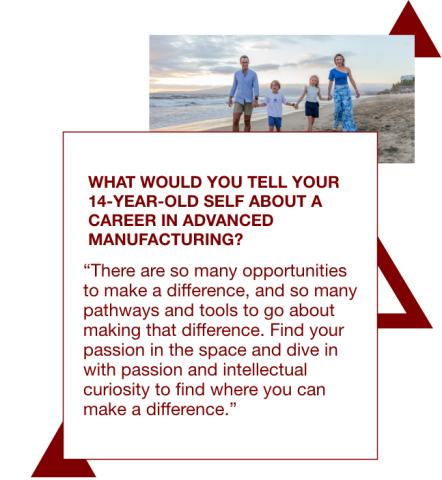
What makes you excited to go to work?
The clients have so many challenges, and the young software developers and robotic hardware designers have so many great ideas. It is fun to sit between these two groups and come up with amazing ideas that have the chance to become the next great solution. And many times, we get to contribute tools to ROS-Industrial in open source, that allow others to benefit from these collaborations. I get excited about solving problems and contributing to the greater cause.
What hobbies make you better at your career?
I enjoy long-distance running off road, on trails. I find that training and overcoming adversity in these types of events really allows me to appreciate how perseverance can lead to good outcomes, even if the journey at times may be difficult.
How does the work you do impact the world?
I would like to think that the open-source resource that the ROS-Industrial project provides is enabling more people access to advanced tools to create advanced applications.


